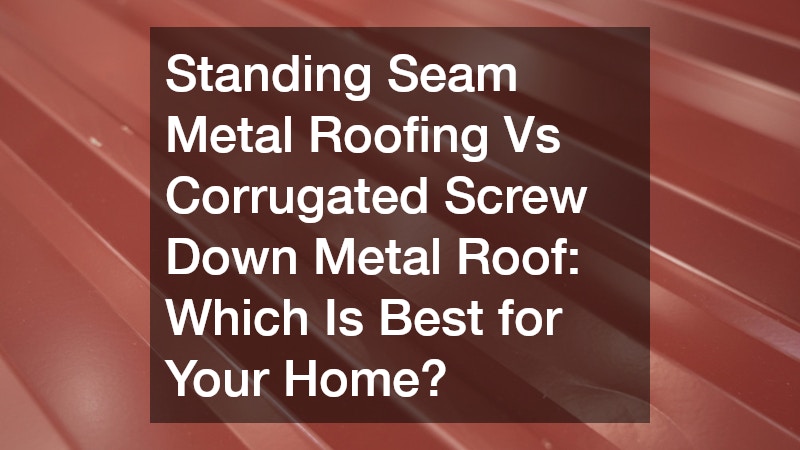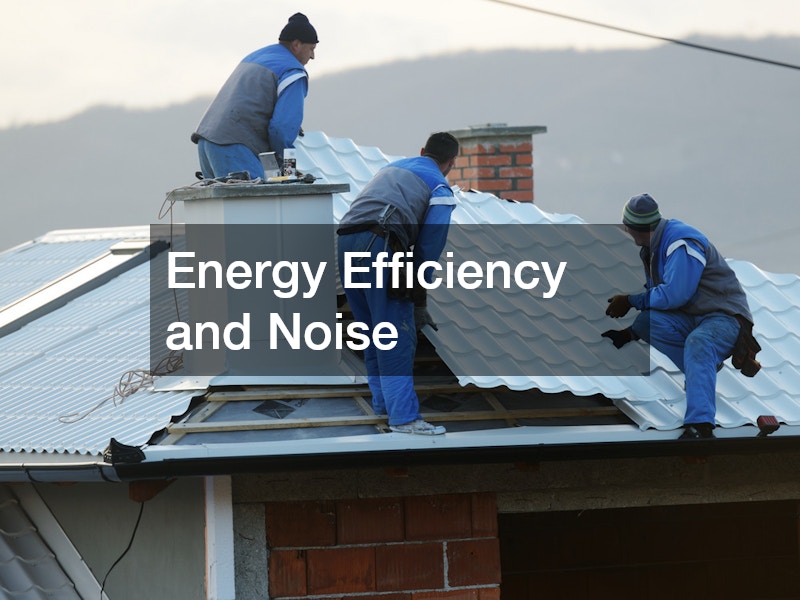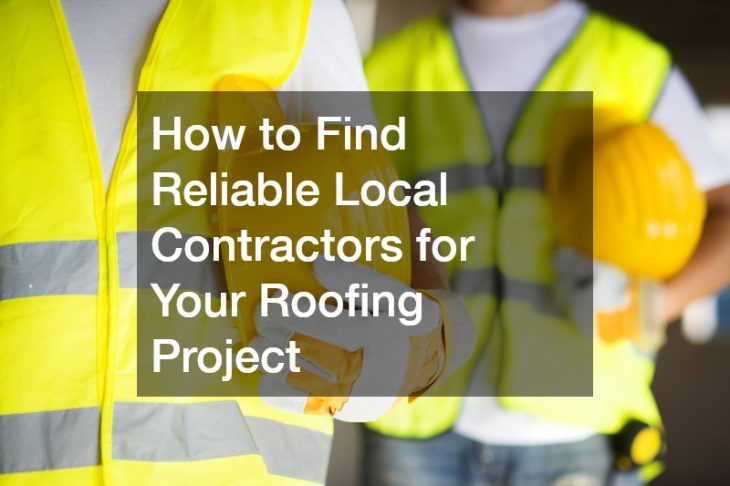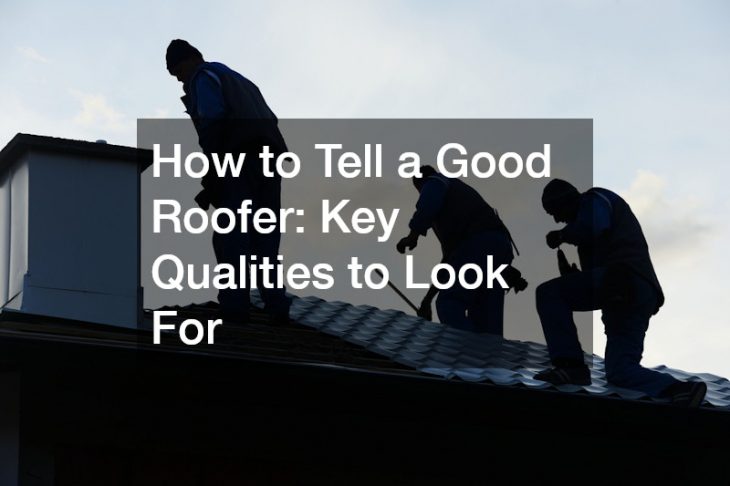
Standing Seam Metal Roofing Vs Corrugated Screw Down Metal Roof Which Is Best for Your Home?
When it comes to choosing a metal roofing system, homeowners and builders often face the decision between standing seam metal roofing and corrugated screw down metal roofing. Both options offer durability, longevity, and aesthetic appeal, but they function quite differently and suit different applications. Understanding the key differences, benefits, and considerations of each roofing type can help you make a more informed decision. This article explores the characteristics of standing seam metal roofing and corrugated screw down metal roofing to highlight which might be the better choice for your project.
What Is Standing Seam Metal Roofing?
Standing seam metal roofing features long, continuous panels that run vertically from the ridge of the roof down to the eaves. These panels interlock at raised seams that stand above the flat surface of the metal, creating a sleek, modern appearance.
The raised seams are typically folded and locked together without exposed fasteners, which gives the roof a smooth, uninterrupted look.
One of the defining features of standing seam roofing is that the fasteners are hidden beneath the seams, protecting them from the elements. This design greatly reduces the chance of leaks and enhances the roof’s resistance to harsh weather conditions. Standing seam panels are often made from steel, aluminum, or copper, and come in a variety of finishes and colors.
What Is Corrugated Screw Down Metal Roofing?
Corrugated screw down metal roofing consists of metal panels shaped into repetitive ridges and valleys, commonly referred to as “corrugations.” These panels are fastened directly to the roof deck using screws with rubber washers to ensure a watertight seal. Unlike standing seam roofing, the fasteners in corrugated screw down roofs are exposed on the surface of the panels.
Corrugated metal roofing has been a staple in both residential and commercial construction for decades. Its distinctive wavy profile adds structural strength and is especially well-suited for industrial buildings, barns, and agricultural structures. The panels are usually made from galvanized steel or aluminum and are also available in a range of colors.
Durability and Weather Resistance
Both standing seam and corrugated screw down metal roofs are highly durable and can withstand severe weather such as heavy rain, snow, and wind. However, standing seam roofs generally offer superior protection against leaks and water infiltration. Since the fasteners are concealed beneath the raised seams, there is less risk of water seeping through screw holes.
In contrast, corrugated screw down roofs rely on the integrity of each screw’s washer seal to prevent leaks. Over time, these washers can deteriorate due to UV exposure and temperature changes, potentially allowing water to penetrate if not maintained properly. Despite this, corrugated roofing still performs well under most weather conditions, especially when installed by experienced roofers.
Aesthetic Appeal and Design Flexibility
Standing seam metal roofing is often favored for its clean, modern appearance and minimalistic lines. Its concealed fasteners and smooth panels create an elegant, streamlined look that complements contemporary architectural styles. Standing seam roofing is available in many panel widths and colors, making it a versatile choice for a variety of home designs.
Corrugated screw down metal roofing, on the other hand, has a more industrial and traditional look due to its rippled profile and visible fasteners. This style is ideal for rustic, farmhouse, or utilitarian buildings where the corrugated texture adds character. Although less sleek than standing seam, corrugated roofs can be quite charming and offer their own unique aesthetic.
Installation and Maintenance
Installation methods differ significantly between these two roofing types. Standing seam metal roofs require precise panel alignment and specialized tools for folding and locking seams. Because the fasteners are hidden, the installation process demands skill and attention to detail, often necessitating professional roofers with experience in this system.
Corrugated screw down metal roofs are relatively straightforward to install. Panels are laid across the roof deck, then fastened through the corrugations with screws. While this method is simpler and quicker, it still requires professional installation to ensure proper sealing and alignment.
Maintenance for standing seam roofs is generally low because there are no exposed fasteners to inspect or replace. The concealed seams also minimize debris buildup, reducing the risk of corrosion or damage.
Corrugated screw down roofs require more regular inspection to ensure screw fasteners remain secure and washers are intact. Over time, screws may loosen or washers may degrade, necessitating repairs or tightening to maintain the roof’s integrity.
Energy Efficiency and Noise
Both types of metal roofing can contribute to energy efficiency when paired with appropriate insulation and reflective coatings. However, standing seam metal roofs often have better insulation compatibility because their panel design allows for integration with insulation layers and underlayment systems.
Metal roofing offers exceptional durability and style, whether you opt for standing seam or corrugated screw down panels. Understanding the differences between these two popular metal roofing systems will help you make an educated decision for your home’s exterior needs.


